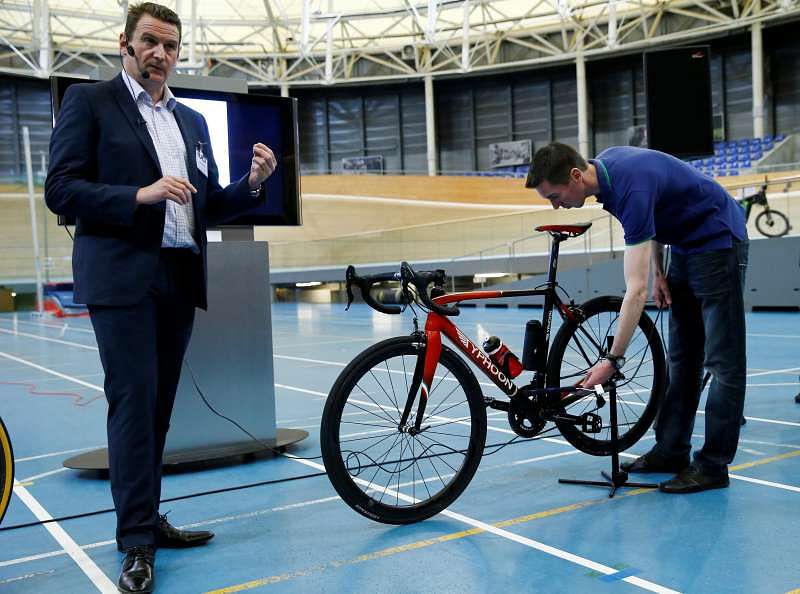
Cookson warns cheats as UCI showcases motor detection method

By Cecile Mantovani
AIGLE, Switzerland (Reuters) - Cheats will not prosper was the message of International Cycling Union (UCI) president Brian Cookson on Tuesday as the governing body stepped up its fight against mechanical fraud by showcasing a new method to detect hidden motors in bikes.
Earlier this year, Belgian rider Femke van den Driessche was handed a six-year ban for mechanical doping after it was proven her spare bike contained a motor at the cyclocross Under-23 world championship in January.
Last month, television station France 2, in collaboration with Italian newspaper Corriere della Sera, claimed that hidden motors were used in the Strade Bianche one-day race and the Coppi e Bartali race in Italy this season.
France 2 and Corriere della Sera used thermal imaging to support their claims that motors had been concealed, although they said they could not prove cheating beyond all reasonable doubt.
The UCI's technical manager Mark Barfield told reporters at the governing body's headquarters that their method to detect motors uses a magnetic resonance test involving an iPad and an adapter.
The system measures resistance in the magnetic field to give an indication if a motor is present.
Cookson says the technology will help them root out cheats.
"So the message that I want to give out to anyone who is considering cheating in this way is that we will find a way and we will catch you sooner or later and the chances are, it will be sooner," he said.
"The very first time we deployed this equipment, we caught somebody and that's a real message I think to the cheaters."
Cookson added that the UCI's technology was a better way of trapping cheats than using thermal imaging devices.
"The system using thermal imaging cameras is not as reliable and not as foolproof as the system that... we've developed," he said.
"But we can look at using thermal imaging to supplement our system as well and we will maybe do that from time to time."
Barfield added that the UCI would be stepping up their testing regime.
"So far this year, we've tested two and a half thousand bicycles already," he said.
"I would imagine that number will be somewhere between 10 and 12 thousand bikes by the end of the year."
(Writing by Julien Pretot; Editing by Toby Davis)